7
Recreatief
46 km ( 2 hour 18 minutes )
This 45-kilometre-long route runs from Dwingeloo through one of Drenthe’s most attractive natural landscapes. Dwingelderveld National Park is one of the largest, wet heathlands in Western Europe. The August-blooming heath colours the area a beautiful shade of purple. But the bicycle tour also takes you through forested areas and peatlands.
An unmissable feature en route is the impressive Dwingeloo radio telescope. Did you know that this telescope discovered two small galaxies? A meeting with Drenthe’s heathland sheep is probably also on the cards.
You can dismount in Pesse, where the oldest-known boat in the world was discovered in 1955. It is exhibited in the Drents Museum. Cosily located in the middle of the forest, Theehuys (Tearoom) Anserdennen is an ideal place to catch your breath.
After Ruinen, …
This 45-kilometre-long route runs from Dwingeloo through one of Drenthe’s most attractive natural landscapes. Dwingelderveld National Park is one of the largest, wet heathlands in Western Europe. The August-blooming heath colours the area a beautiful shade of purple. But the bicycle tour also takes you through forested areas and peatlands.
An unmissable feature en route is the impressive Dwingeloo radio telescope. Did you know that this telescope discovered two small galaxies? A meeting with Drenthe’s heathland sheep is probably also on the cards.
You can dismount in Pesse, where the oldest-known boat in the world was discovered in 1955. It is exhibited in the Drents Museum. Cosily located in the middle of the forest, Theehuys (Tearoom) Anserdennen is an ideal place to catch your breath.
After Ruinen, you pass by Visitor Centre Dwingelderveld. Here you will find a recreational forest and a water playground for young adventurers. You can also obtain information about the flora and fauna in the area here.
The route starts at number 26 (Hotel Wesseling) in Dwingeloo. Parking along the brink is only permitted for short periods using a parking disc. There is free parking behind the brink on Weverslaan or by the Brug-Es Church. You can also use the signposting present to start the route from other locations.

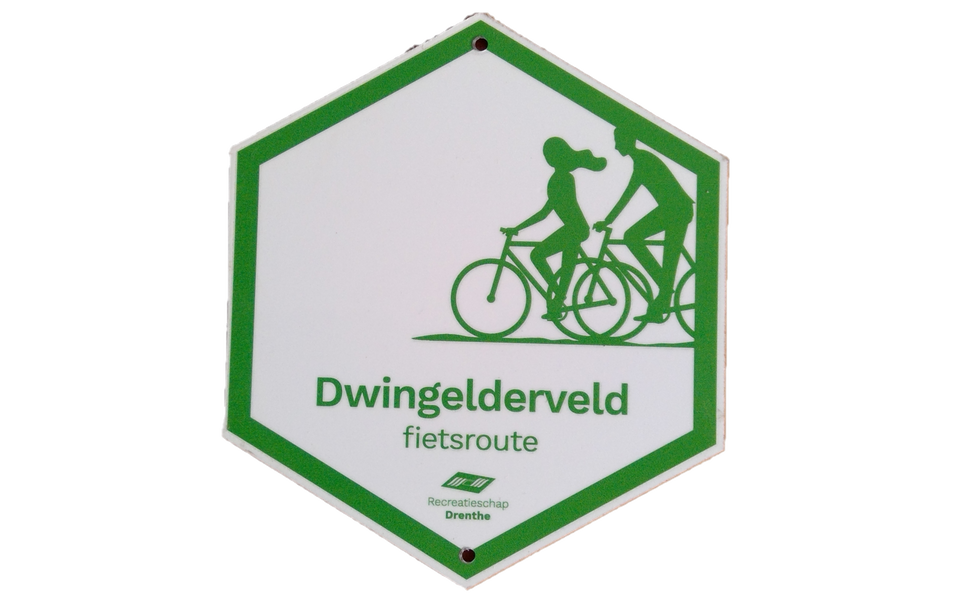
Waypoint bike 93
Dwingeloo
Navigate to starting point
Dwingeloo
Navigate to starting point

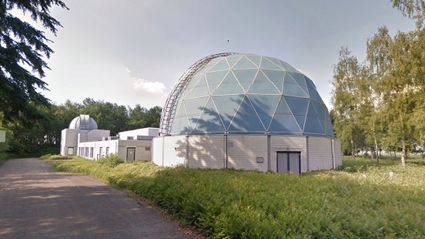
Dwingeloo Radio Telescope - opened 1956 and national monument since 2009 - is one of the oldest and most famous radio telescopes. The radio telescope is located in a radio-interference-free zone near the ASTRON/JIVE buildings in the Dwingelderveld.
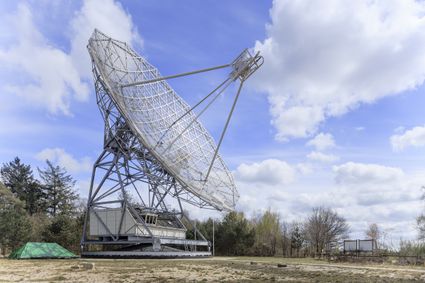

Radiotelescoop Dwingeloo
Oude Hoogeveensedijk 6
7991 PD Dwingeloo

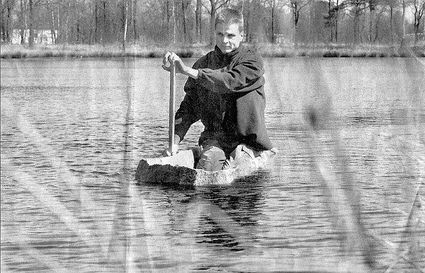
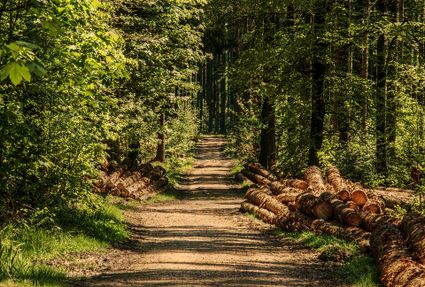
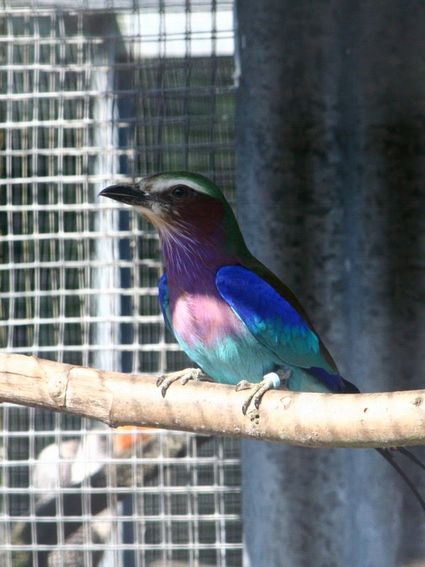
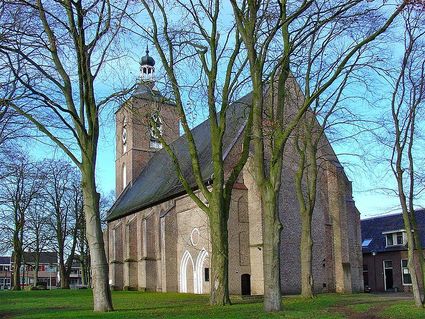
Is De Zaandplatte Drenthe’s most attractive mill? A few years ago, a questionnaire determined it is. Part of the mill’s appeal is its exquisite location. Owing to its beautiful location, several years ago, the mill even featured as the set of a Dutch hor
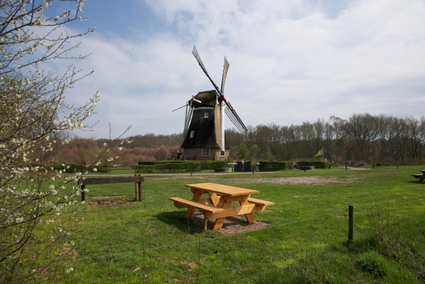
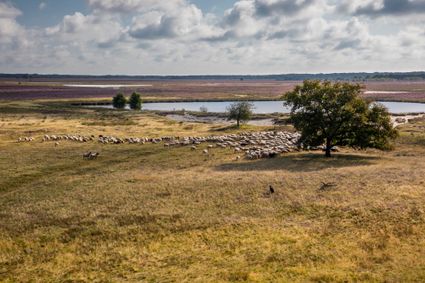
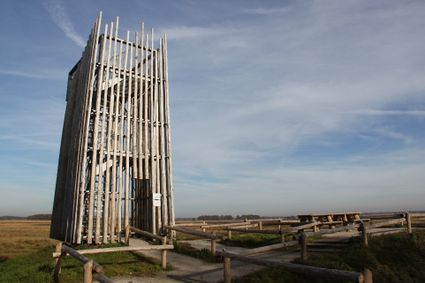

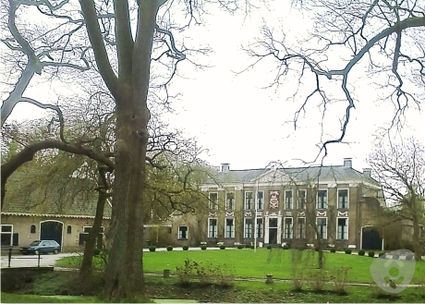
Waypoint bike 93
Dwingeloo
Navigate to endpoint
Waypoint bike 93
Dwingeloo
Navigate to starting point
Waypoint bike 93
Dwingeloo
Navigate to endpoint